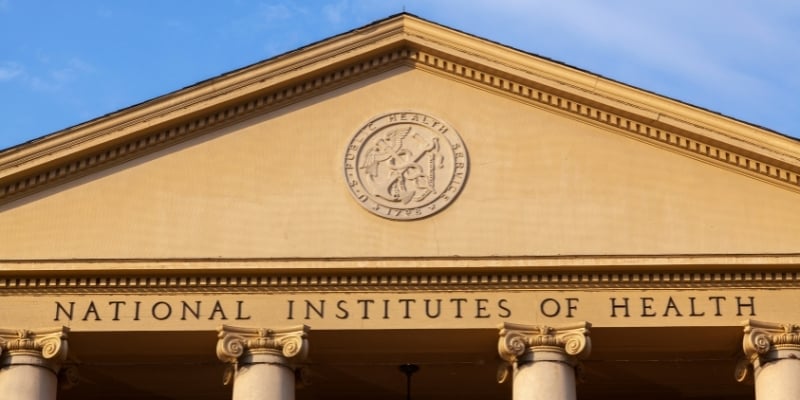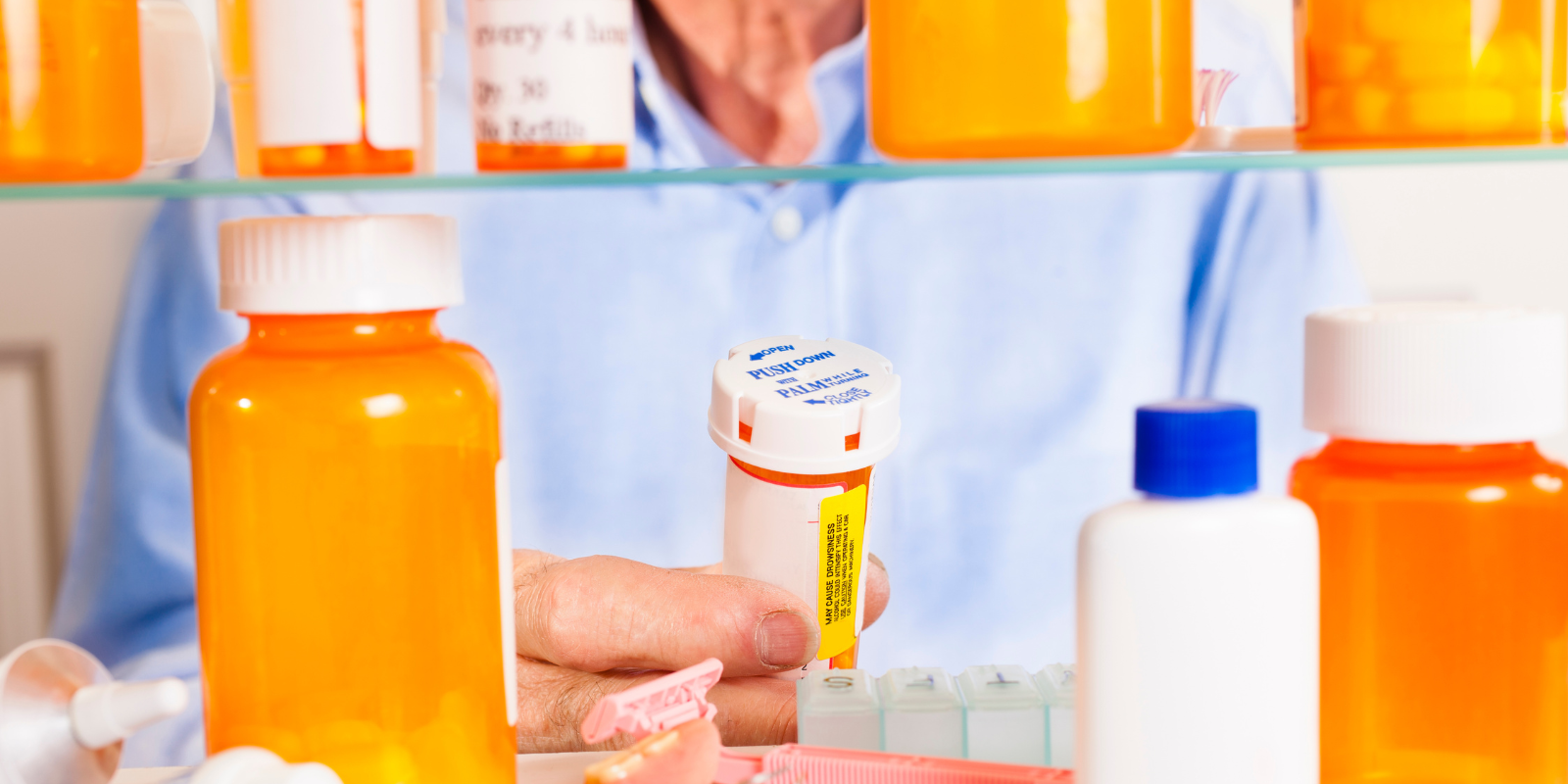The Colorado Department of Public Health and Environment and the Colorado School of Public Health released a new modeling report based on recent data showing hospitalizations from SARS-CoV-2 are increasing rapidly across the state. To avoid increasing infections and strain on hospitals over the next three months, a substantial increase in transmission control will be needed.
The Colorado modeling report uses a new “transmission control” indicator to describe the collective impact of all policies and behaviors designed to mitigate the spread of SARS-CoV-2. Transmission control captures ALL behavioral and policy changes in response to the SARS-CoV-2 pandemic including mask wearing, physical distancing, improved ventilation, working from home, contact tracing (including both isolation and quarantine), moving activities outside, and any seasonal impact. This approach has the advantage of requiring fewer assumptions and increasing accuracy for the Colorado model. In technical terms, the transmission control parameter describes the percent decrease in effective contacts between infected and susceptible individuals compared to pre-pandemic behavior.
Transmission control levels under about 79% will lead to increasing infections and an effective reproductive number greater than 1; and if contact rates are reduced and transmission control is above 79%, infections will decrease.
The latest modeling provides projections based on COVID-19 hospital census data through October 19, 2020. The models are based on Colorado data and assumptions based on the current state of the science.
Key findings from the report:
- We are at a critical moment. If Colorado remains on the current trajectory, we will likely exceed the April peak in hospitalizations for COVID-19 by mid-November, which exceeded 900 in one day. Increases in contacts over the holidays will accelerate growth in cases and intensive care unit hospital capacity may be exceeded in December or January.
- The effective reproductive number is approximately 1.5 (ranging with statistical uncertainty from 1.16 to 1.85).
- Approximately 1 in 292 Coloradans are currently infectious. This estimate is generated from the model and assumes that not all infectious residents are captured by state surveillance systems.
- Hospitalizations are rapidly increasing. Avoiding challenging peaks in infections and hospital demand over the next three months will require a substantial increase in transmission control.
- The window to improve transmission control is over the next several weeks to assure that critical care capacity is not stressed. The magnitude and timing of reductions in transmission will determine the severity of COVID-19 in Colorado in the months ahead.
The Colorado School of Public Health (ColoradoSPH) assembled the expert group that works with the state on modeling projections. The group includes modeling scientists at the ColoradoSPH and the University of Colorado School of Medicine at the CU Anschutz Medical Campus, as well as experts from the University of Colorado Boulder, University of Colorado Denver, and Colorado State University.
All previous modeling reports are available on the Colorado School of Public Health’s COVID-19 website.
The state will continue to review data and model findings as the pandemic continues to inform policy decisions. Continue to stay up to date by visiting covid19.colorado.gov.






